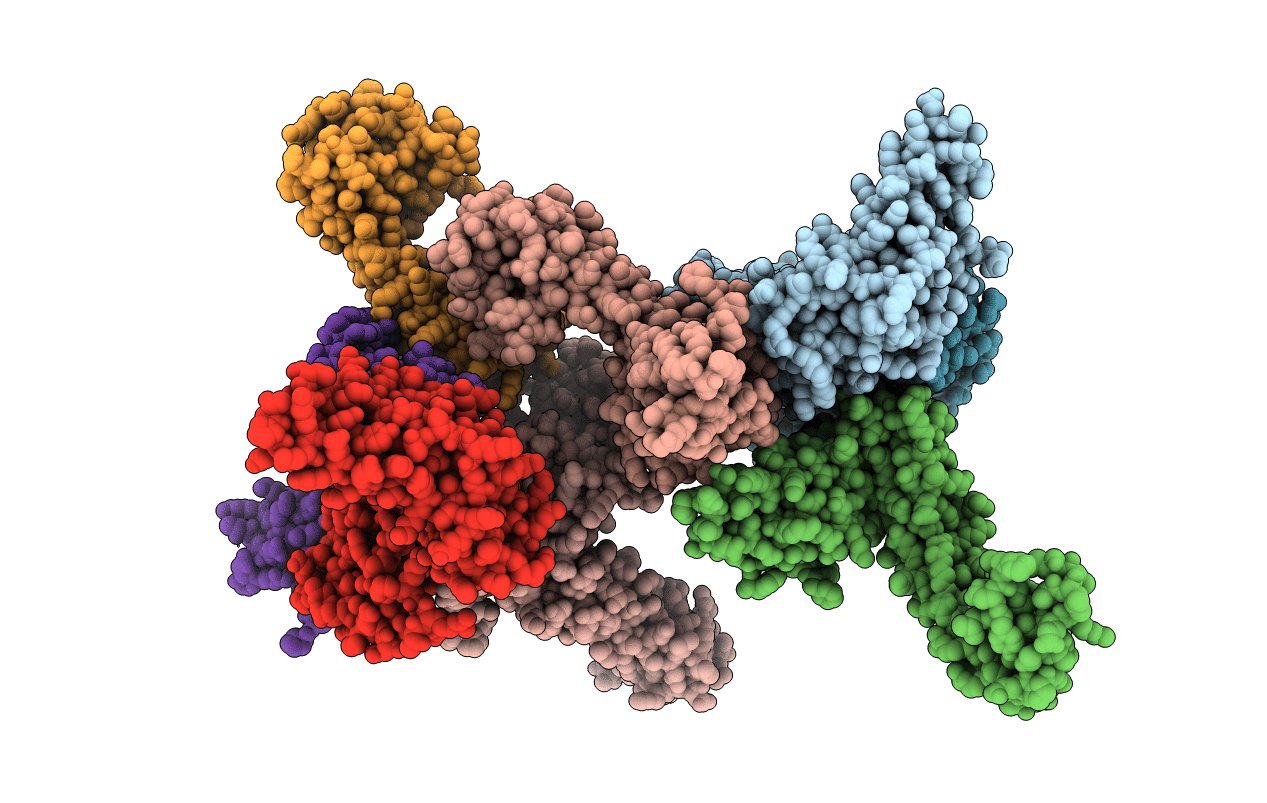
Deposition Date
2013-04-19
Release Date
2013-10-16
Last Version Date
2024-05-08
Method Details:
Experimental Method:
Resolution:
2.90 Å
R-Value Free:
0.24
R-Value Work:
0.20
R-Value Observed:
0.20
Space Group:
C 2 2 21


